So, you’ve decided to take the plunge and turn your idea into self-employed income. Whether it’s a full-time or a part-time side hustle, it can be daunting. However, with the right help and understanding, you’ll be set up and ready in no time!
What you need to do to form your business depends on the type that you’re setting up, most businesses register as a sole trader, partnership, or a limited company. In this blog, we’ll be going over sole traders.
WRITING UP A BUSINESS PLAN
Writing up a business plan is the best place to start. It can be beneficial for many reasons, and gives you the best chance of success. A business plan can help you analyse the strengths and the weaknesses the business has, or could have. It can also be used to see if the idea is feasible since you’ll be encouraged to research your idea by analysing the market, and recognising how competitive it might be. Not only that, but it also pushes you to set goals, attract investments, and most importantly ensures good management and efficiency within the business.
WHAT SHOULD A BUSINESS PLAN INCLUDE?
There are 6 main point/sections to include in a business plan, these are:
Summary
This is the last part of the plan to be written, but should be included in the first section of the plan. This will have the key points within the plan and is designed to make the reader want to read the rest in more detail (usually an investor or banker).
Business overview
This next section will have an introduction, explaining what made you want to start the business, its purpose, products, and location. You’ll give a summary of your business’s current position, including what you’ve achieved up until now, and where the business is in its lifecycle (the introduction phase, growth phase, etc.)
It’s a good idea to outline your competitive advantage, for example, what are the strengths and weaknesses of your competition. What makes you confident your business will grow? Include a brief overview of your growth plan, goals, and plans for your business.
Business Strategy
Covering the next year and the following three to five years, go over your objectives and goals. Define your tactics, where you are now, where you want to be, and the steps you’ll have to take. What resources will you need? What are the strategic issues you face, threats, and opportunities that may impact your business in the next year or 3-5 years?
Go over the core values that underpin your business, explain why they are crucial for your long-term business success, how they will benefit the customers, and how they will motivate yourself or potential staff.
Marketing
- Include SWOT and critical success factors – Summarise marketing Strengths, Weakness, Opportunities, and Threats.
- What Market Research have you done, and what methods have you used.
- What distribution channels and market do you plan on accessing in the next year, or 3-5 years.
- Explain what Strategic Alliances you have in place or are planning to include.
- Include how you’re using e-commerce and technology to access new markets, build online sales, or keep costs low.
- Have a Tactical Promotion Plan and Marketing Budget.
- Explain your tactics for increasing credibility, and reducing customer risk.
Team and management structure
- Describe the skills and experience of yourself and your team members, then outline any staff’s keys responsibilities as well as your own.
- How you plan to keep staff motivated.
- Staff training, programs, and also it’s budget.
- Include and advisors (lawyers, accountants, consultants, and business mentors).
- What is your management system and what operation manuals are in place for house rules (Uniform, name badges, etc)?
- What software will you be using for accounting, and how regularly can you produce financial reports, and analyse key business ratios?
- How are you going to deal with payroll, employment issues, tax, VAT, and health & safety?
Financial budgets and forecasts
Attached a financial budget and forecasts including:
- Profit and loss forecast
- Cash flow forecast
- Balance sheet forecast
Include brief notes on each forecast, it’s good to produce optimistic, pessimist, and realistic versions of all three. If the cash flow forecast shows difficulties, then explain how you plan to overcome the challenge.
Other budgets to include:
- Capital expenditure budget
- Break-even analysis
Once you’ve created the foundations of your business plan you need to set up as a sole trader on HMRC, see our blog setting up as a sole trader for further information, details of what insurance or bank accounts you will need.

